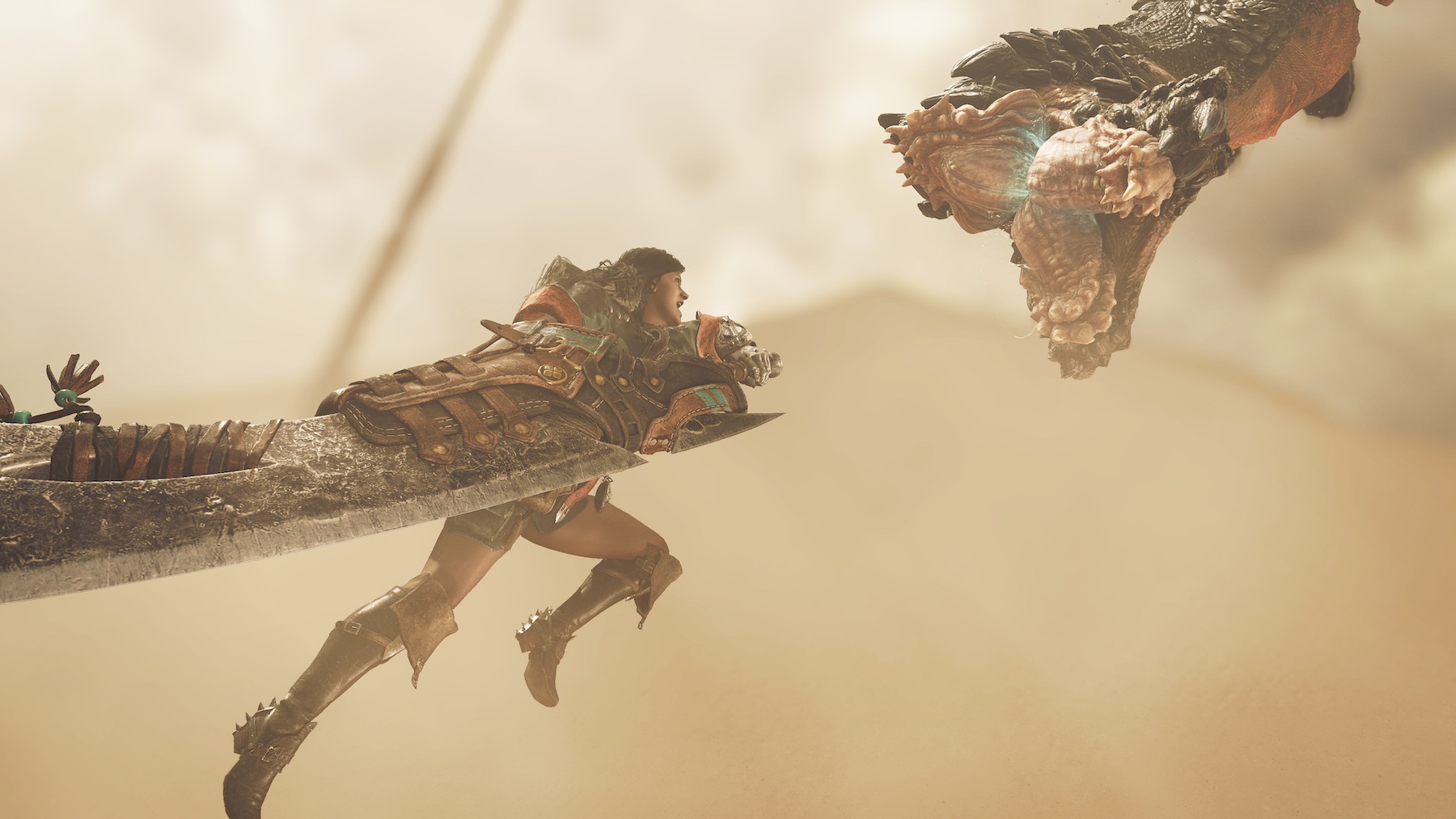
"Living, breathing world" is a 100% an overused cliche when it comes to games, and I'm not going to tell you that you'll be so immersed in Capcom's ambitious Monster Hunter sequel that you'll feel like you're really there. But in a hands-off demo of Wilds at Summer Game Fest, most of what Capcom shared that's new in this iteration stemmed from a more deeply simulated world, with each detail getting me more excited than the last. The presentation seemed laser-targeted on addressing what I thought were Monster Hunter's biggest weaknesses, or at least opportunities: making the hunt part of Monster Hunter as involved and varied as the parts where you smash a creature in the face with a giant sword.
Here's a smattering of things from the presentation that immediately got me psyched:
- Quests no longer have to be selected from a mission board or NPC menu; you can dynamically start them by initiating hunts in the field.
- Wilds seamlessly transitions between the village and the field. You can set up camps where you want out in the field and use them as fast travel points. And when you finish a hunt, there's no need to go back to the village; you can stay out in the world and resupply from a camp.
- There's now a dynamic day/night system that affects monster behavior, movement patterns, and more.
- Weather events both directly and indirectly affect combat and monster behavior: a sandstorm lowers visibility, sends herbivores fleeing the area, and causes lightning strikes that can hit the player and monsters. The desert's thunder element apex predator also becomes more powerful during the storm and actively wants to be struck by lightning. Lightning striking shrub brush can also trigger fires.
- There's seemingly a higher density of environmental traps like vines, rockslides, etc. you can trigger remotely with the new hook slinger.
- More advanced monster AI enables more advanced behavior and interactivity between monsters; for example, when a new monster named Doshaguma was near death, a horde of small raptors decided they had a shot to take it down. They were wrong, but still, cool to see them going on the offensive.
A sandstorm lowers visibility, sends herbivores fleeing the area, and causes lightning strikes that can hit the player and monsters.
To give you some perspective on where I sit as a Monster Hunter player: I loved World, my first experience with the series, and played it religiously for months. But I bounced off Rise, because I found it simultaneously a bit too front-loaded with systems I didn't care about and too streamlined at the same time. The fighting was great, of course, but I care a lot about the rest of the game surrounding that experience.
Monster Hunter has long since nailed the feel and complexity of its combat, with a frankly absurd number of weapons that all play differently, have roles and techniques to master and match-ups against different monsters that completely change their utility. I'm sure Capcom has changes and additions to the arsenal in Wilds it isn't talking about yet, but I think it's a good sign that those aren't its main promotional focus with this iteration. Wilds is going to be the capital-N Nature Monster Hunter.
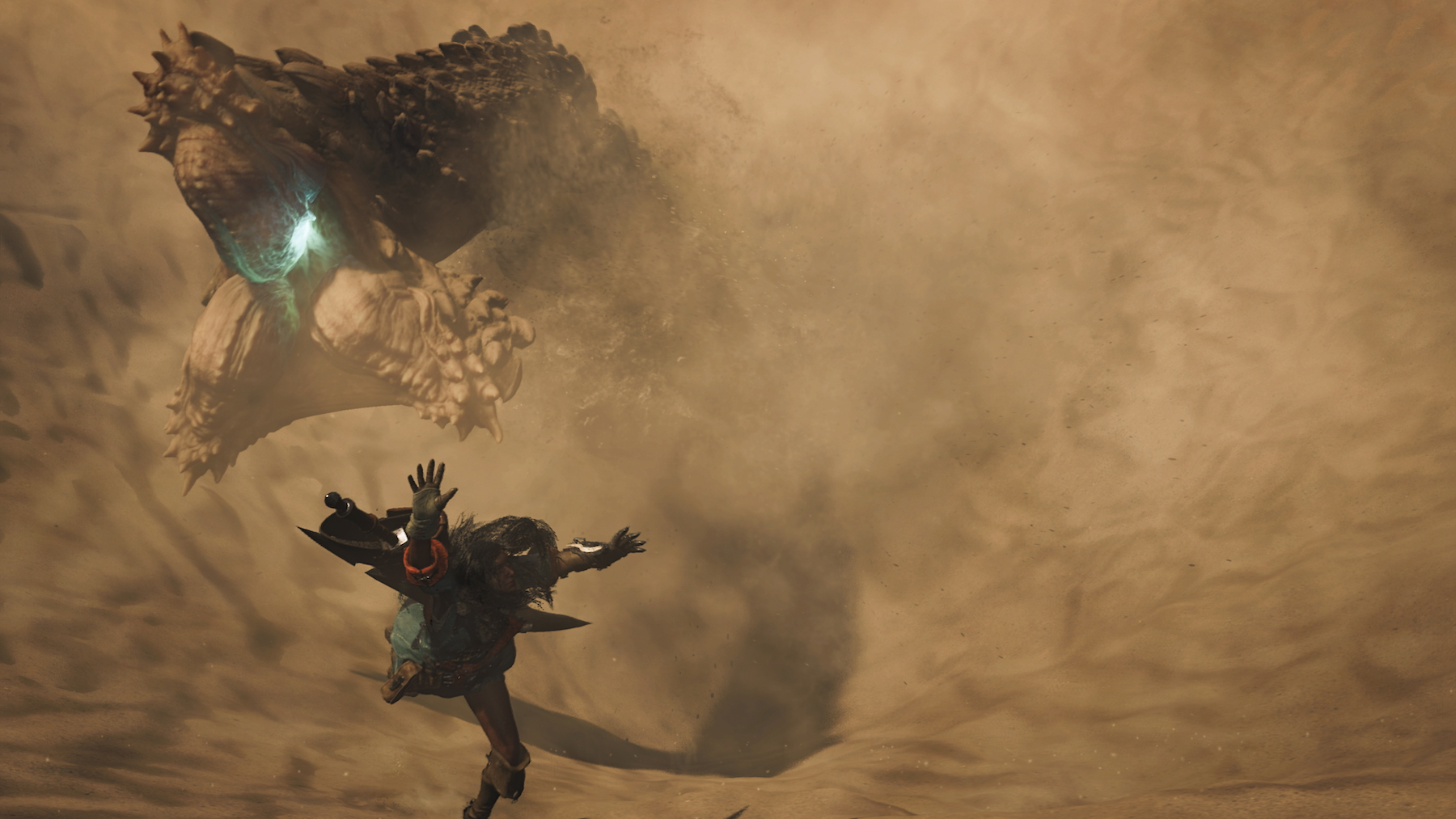
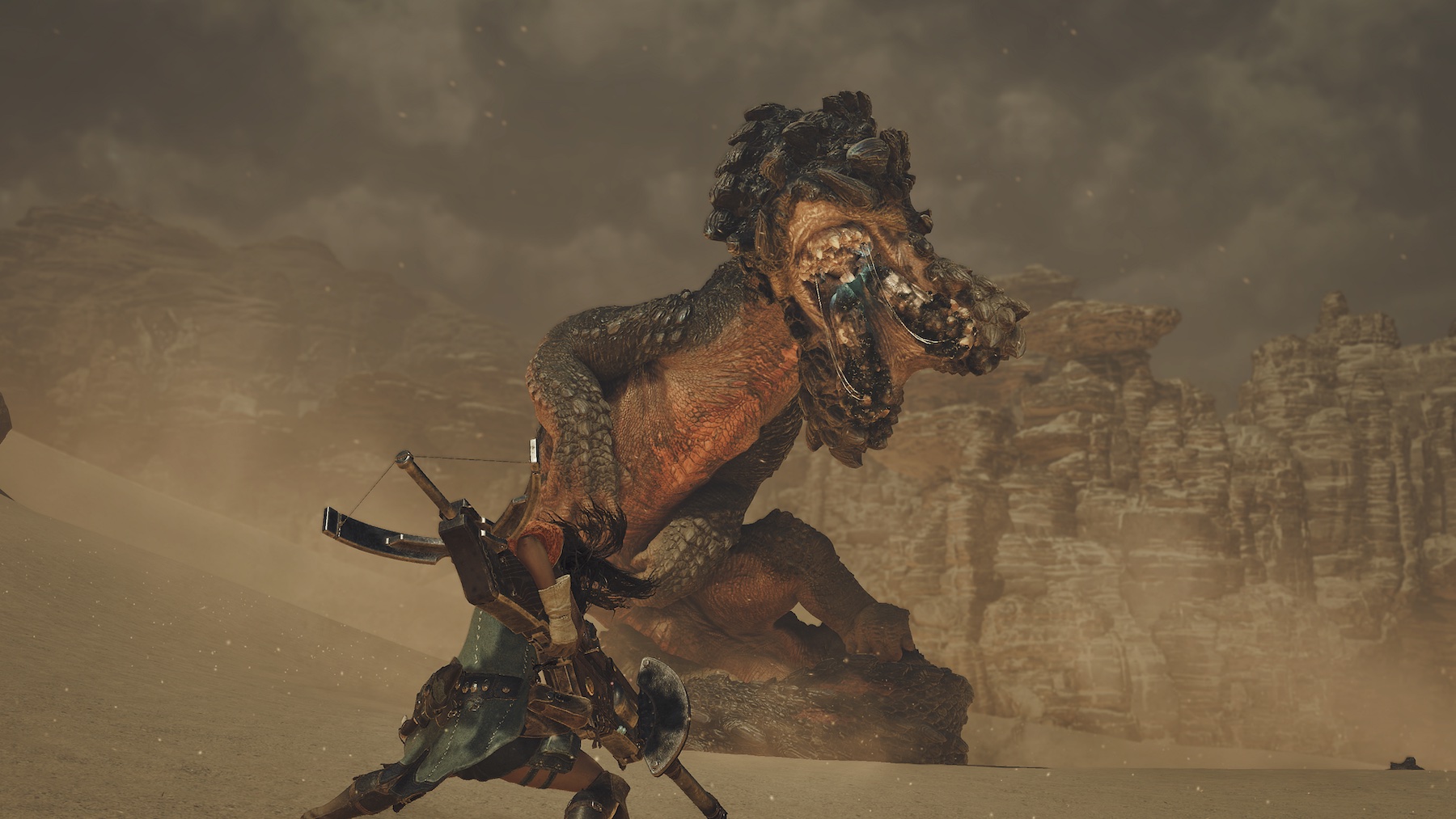
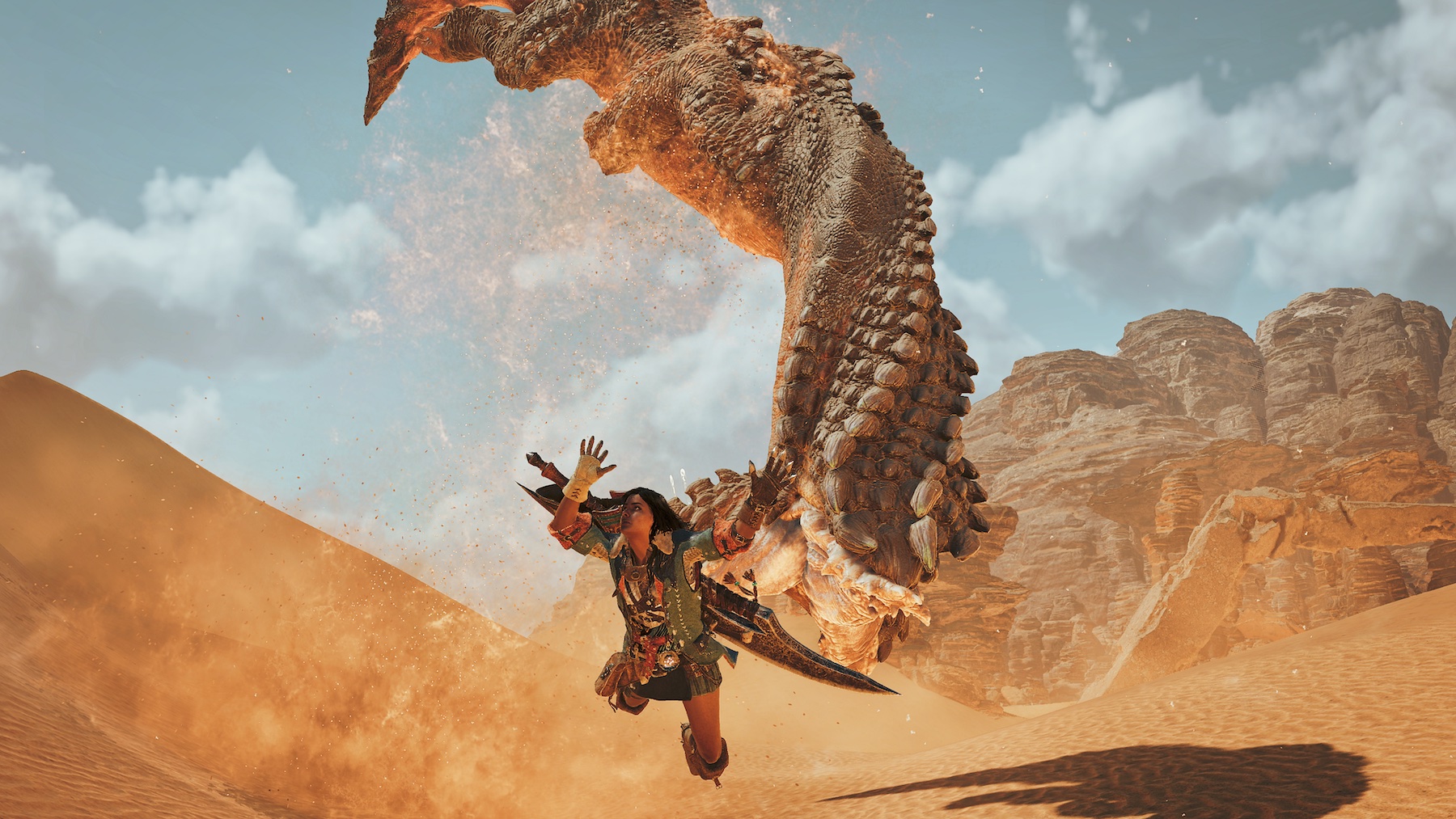
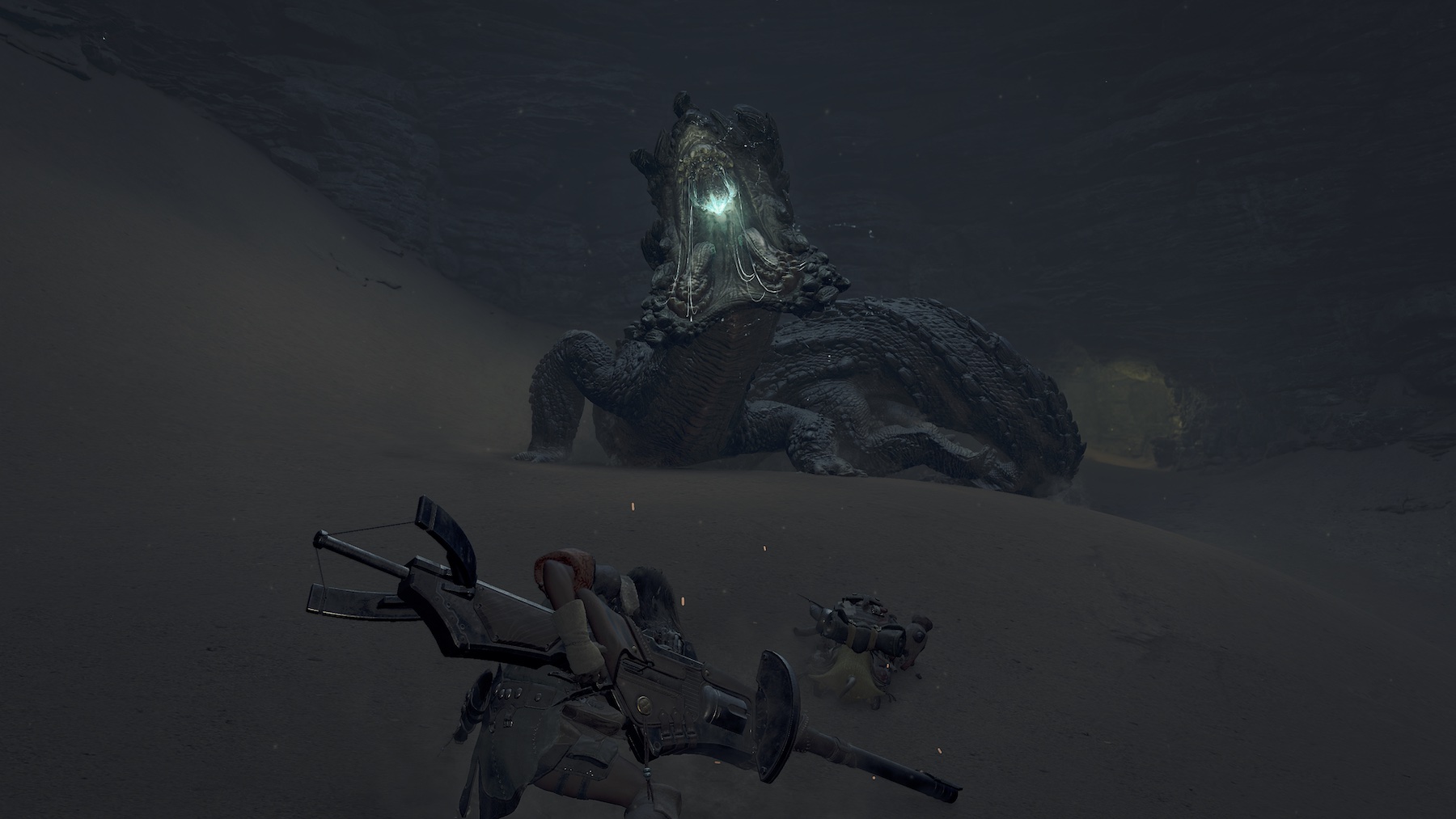
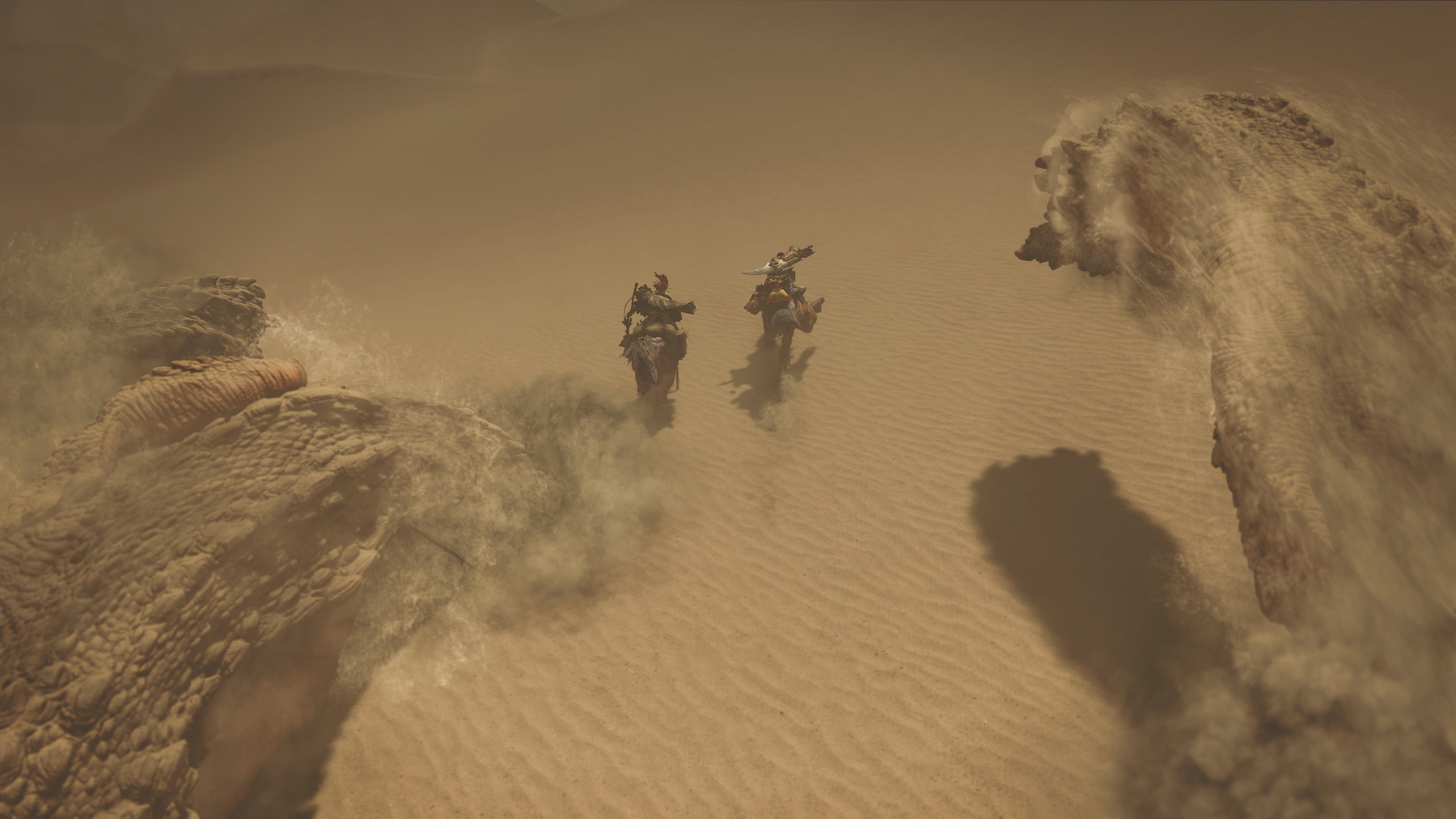
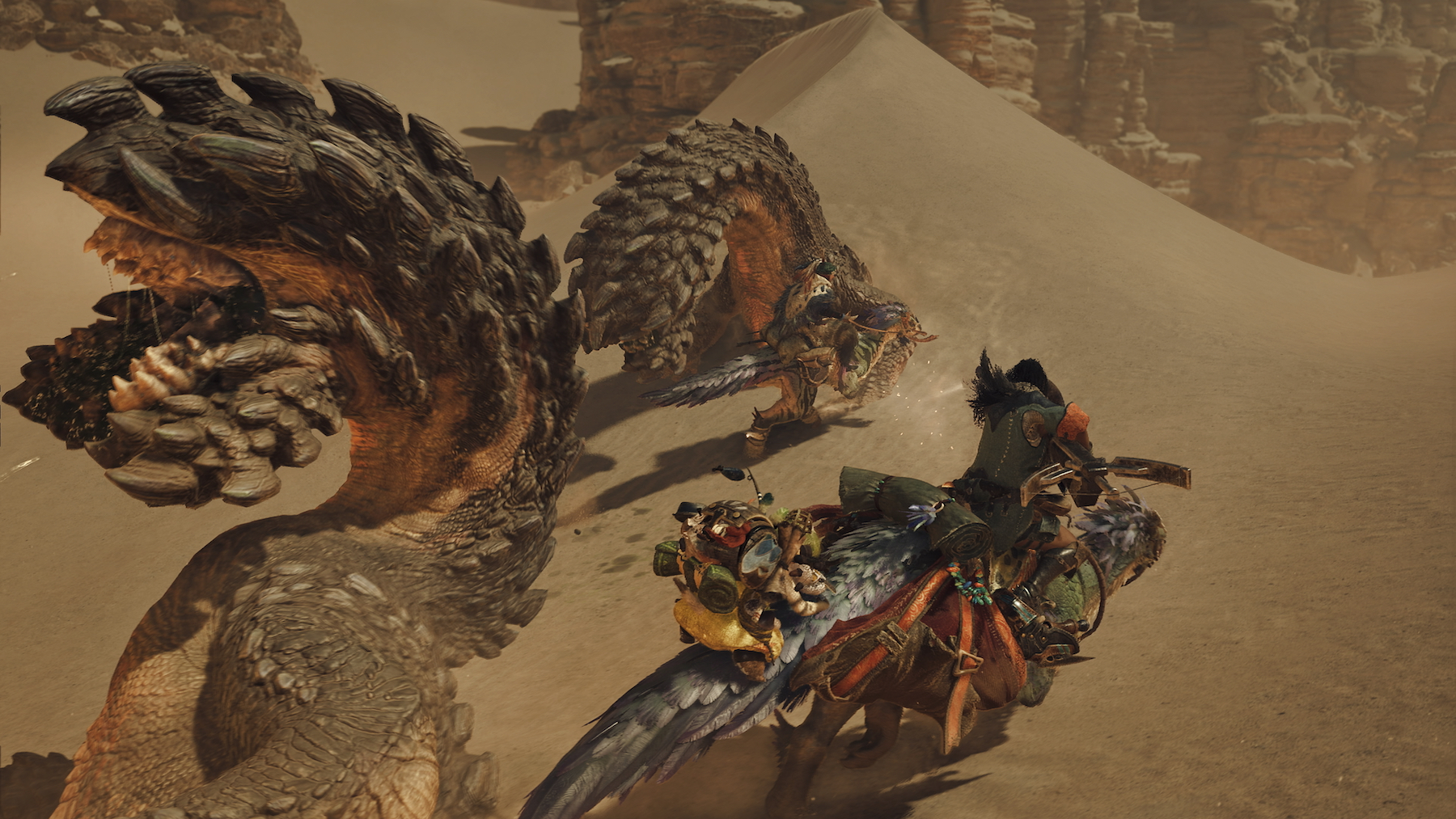
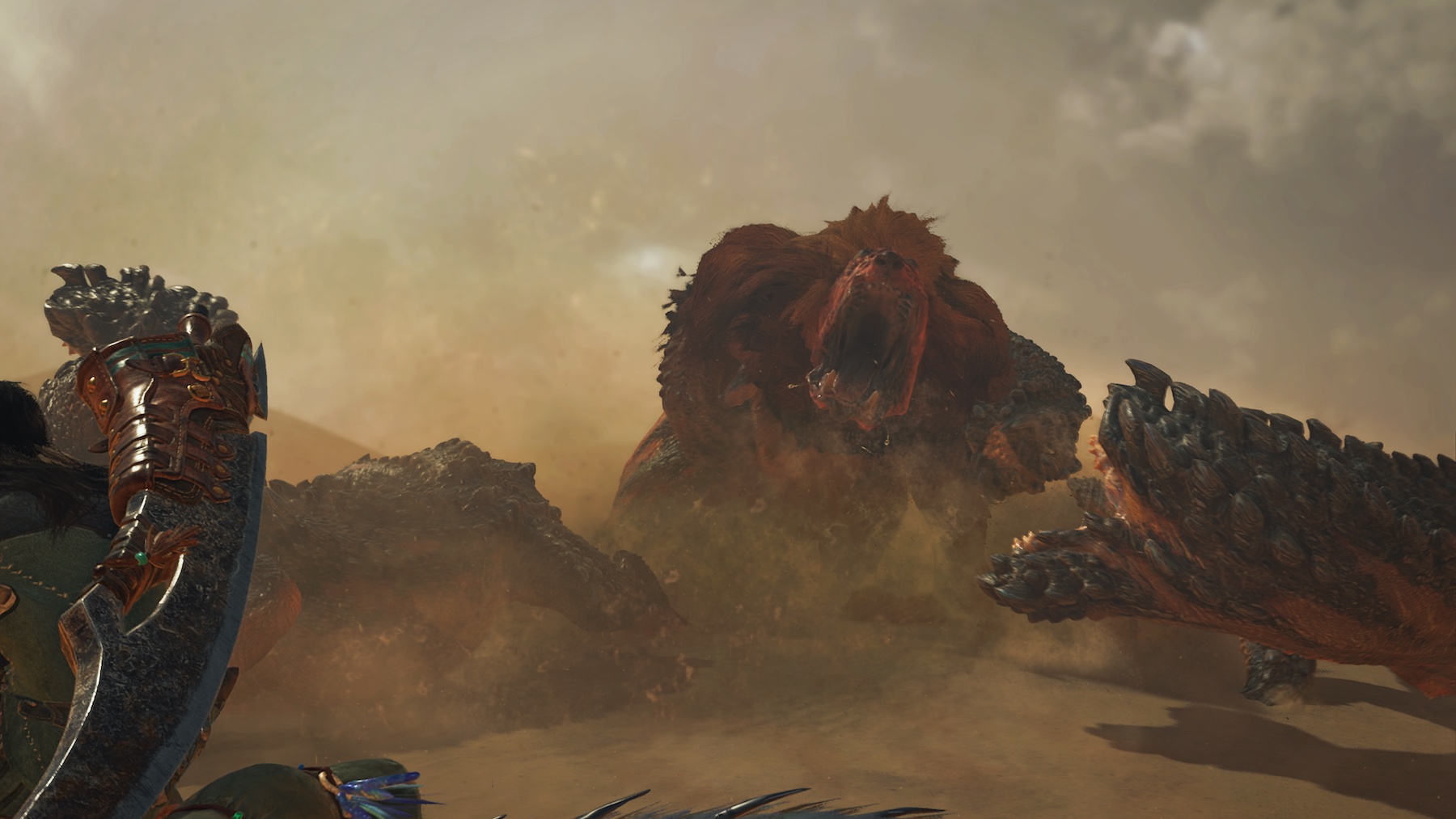
"There's a relationship between the herbivores and carnivores that's going to be interesting," said game director Yuya Tokuda. "It's not just, the carnivorous monsters go to a certain spot on the map to eat. They need to find a herbivore to eat if that's their prey, so you'll find an interesting domino effect. If a carnivorous monster has become hungry and wants to get food it'll go attack and eat a herbivore, maybe attack it out of its herd. That'll cause its herd to scatter or move to a different place for safety. The fact they've moved now means that any monster that preys on them is going to be looking to a different location for their food.
"Those monster movements around the map are going to have a great effect on the player's actions. As you watch this all play out it'll change how you need to respond and where you go on the map."
According to Tokuda, the ripple effects of your actions will remain in the field environments even after you leave and return; it doesn't default back to some generic world state. Though you can't hunt a monster type to extinction—and preset world states will still exist for quests to ensure the monster you need is available—the world state is persistent. This sounds amazing, even immersive simmy to me, but the demo I saw was far too short to indicate how meaningful those changes persisting will be long-term.
Up to this point Monster Hunter's really only taken baby steps towards making monsters feel more like real animals than multi-stage videogame bosses; the key to that is grounding them in their environments. World introduced the idea of finding footprints and other signs to track monsters and eventually locate them, as well as turf wars where the monsters could fight against one another. Tracking monsters was simplistic and didn't really stay engaging for long, which is probably why Rise essentially ditched the process and focused on getting you into battle ASAP. The faster-paced approach was a hit for series veterans like our own Rich Stanton, but it was the opposite approach to a World follow-up than I hoped for. I wanted Capcom to make exploring the environment feel more important, not give me a fast-forward button to blast through it.
But if you were sick of following scoutflies in Monster Hunter World every single quest, don't worry: you won't be doing that again.
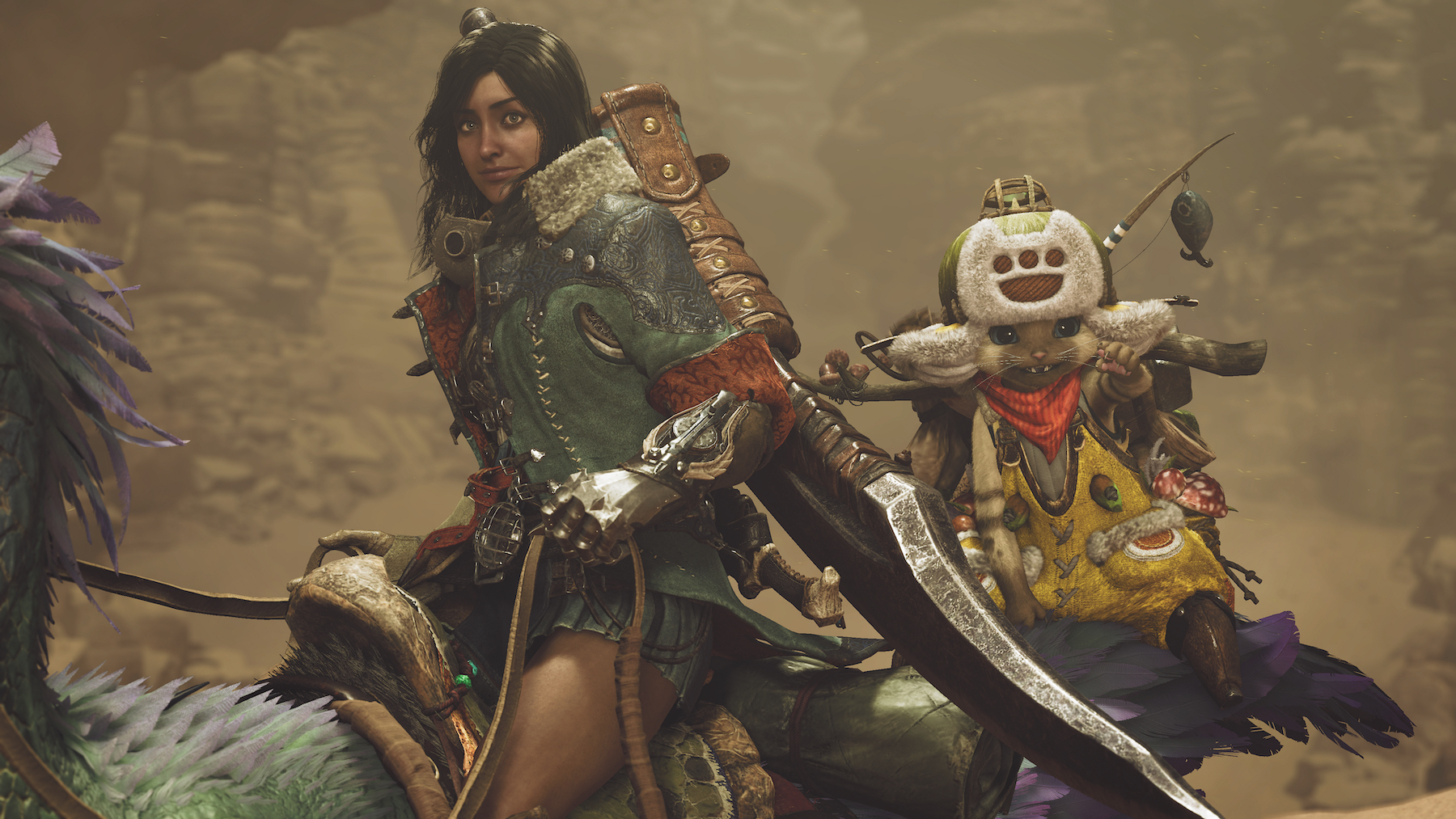
"Before you've met a monster for the first time you'll do something along the lines of World, gathering traces, but once you discover that particular monster type in that area, you already know it and your map becomes your guide to where it's going to be," Tokuda said. "It's similar gameplay for the initial discovery, but I think you'll find it a lot more streamlined on a quest-by-quest basis."
I asked how this focus on the whole ecosystem will carry over to the gear and crafting system. Tokuda said that the proportion of small animal parts in the tech tree will stay roughly the same as in World, so there's no big change there. But Capcom is finding new ways to make them more significant.
"Endemic life and small monsters play a role beyond just parts to craft with. You may spot this sort of alligator-looking smaller monster; you can actually use your hook slinger to grab the front of its snout off where its teeth are. Rather than that being something that goes into creating a weapon, that can remain attached to your hook slinger and be used to do better attacks with it. So it's not always strictly feeding into the gear system."
I believe the Monster Hunter World team has been working on this game since the release of Iceborne in 2019, which means they'll have had almost six years to develop it by the time it's out in 2025. That's enough time to make me think that as much as Capcom has shown, it still has an absolute ton under wraps. This one's gonna be, well. You know.







